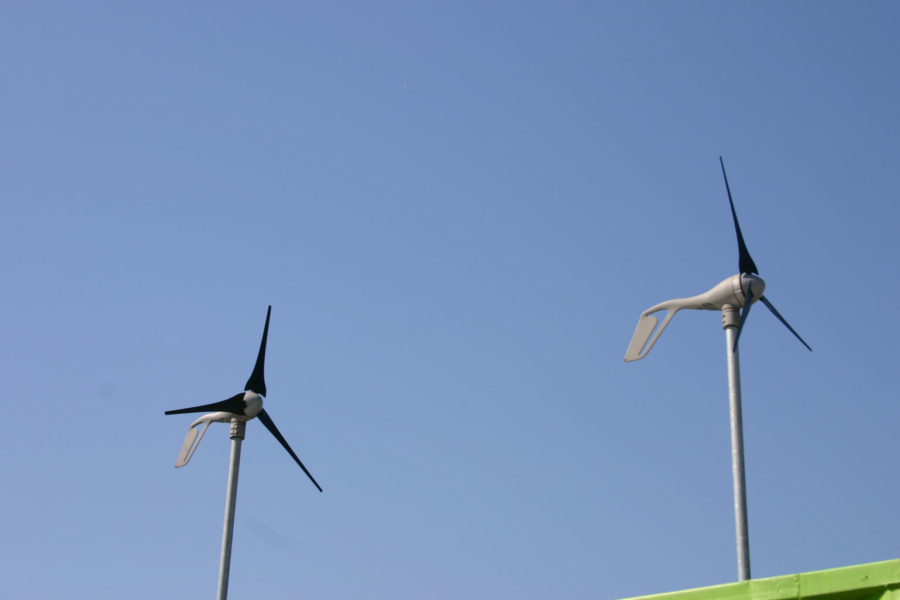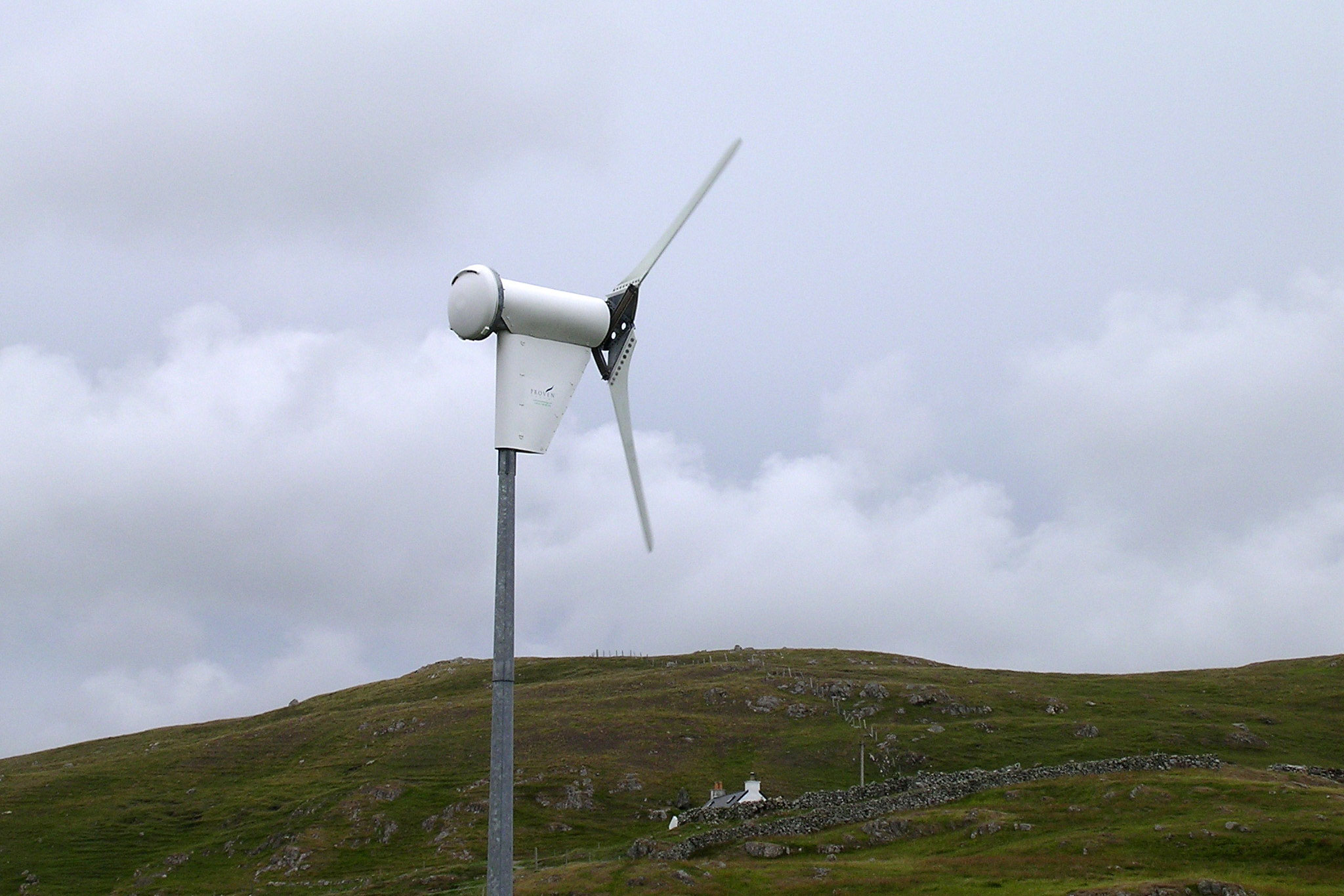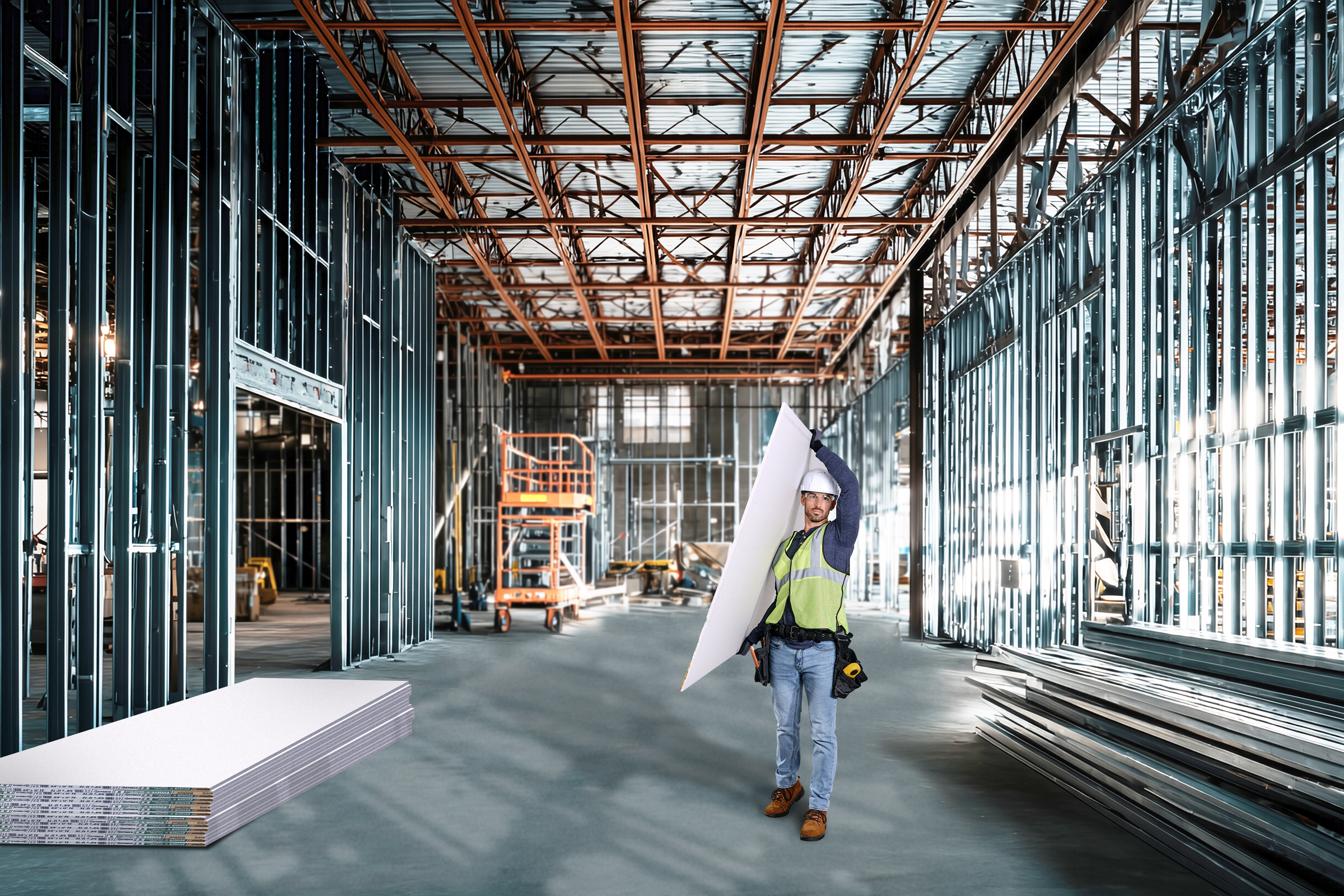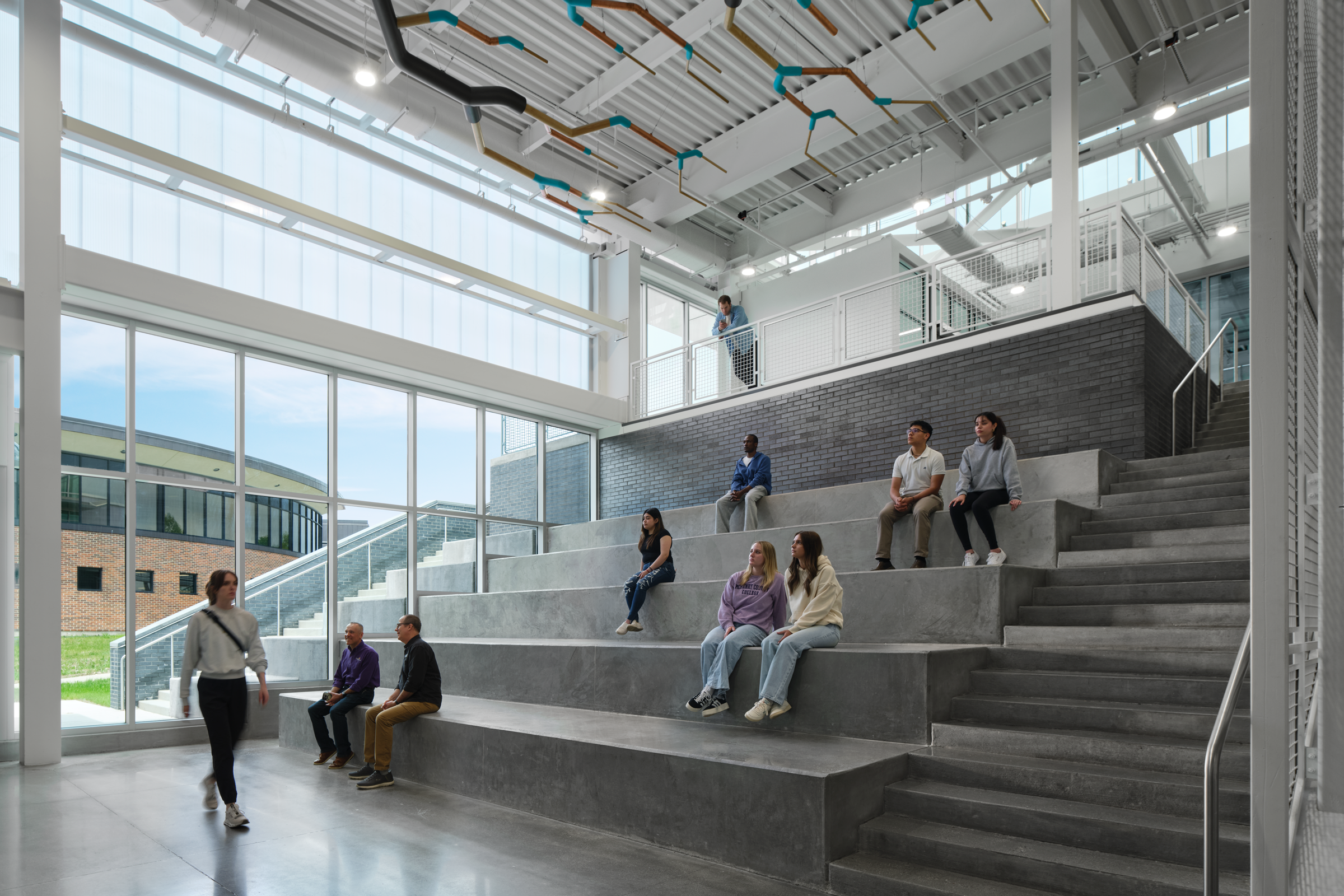Story at a glance:
- Wind energy is the largest renewable energy source in the US, and wind turbines harness wind power to create electricity.
- Installing a small wind turbine for a home depends on location, the home’s energy efficiency, and more.
- Here are six things to know before installing a home wind energy system.
As homeowners strive to achieve their home sustainability goals, finding renewable sources of energy has become a priority. For some the answer lies in harnessing one natural resource: wind.
More and more people are installing small wind turbines for their homes. Here is what you need to know about wind turbines and whether a small wind turbine is the right option for you.
What is a Wind Turbine?
Wind turbines harness wind power to create electricity. They can be built on land or in large bodies of water. In windy conditions, wind turns the turbine’s propeller-like blades around a rotor, which spins a generator. The mechanical power from the wind is converted into electricity.
Wind turbines are categorized into three main types based on where they are installed and how they connect to the grid.
Land-Based Wind
Land-based wind turbines are grouped together into wind plants that provide bulk power to the electrical grid. They are typically more cost-effective and range in size from 100 kilowatts to as large as several megawatts.
Offshore Wind
Offshore wind turbines are built in the ocean or large lakes to capture powerful offshore winds and generate vast amounts of energy. These turbines are typically massive, with most being taller than the Statue of Liberty.
Distributed Wind
When you think of a small wind turbine for a home, you’re thinking of a distributed wind turbine. Distributed wind turbines are wind turbines of any size that are installed at or near the place where the energy they produce will be used. That said, most distributed wind turbines tend to be on the smaller side, with single small wind turbines below 100 kilowatts.
A small wind turbine for a home or other commercial, agricultural, or industrial applications can be used in hybrid energy systems with other distributed energy resources like photovoltaics, batteries, or microgrids. These hybrid wind systems are mostly used in remote, off-grid locations but are becoming increasingly common in grid-connected applications for their resiliency as well.
Benefits of a Small Wind Turbine

Photo by Ryan Somma, courtesy of Flickr
Installing a small wind turbine for your home comes with major sustainability benefits. For one, wind power is a clean, renewable energy source; it’s abundant and inexhaustible. In fact, wind is the largest renewable energy source in the US.
It also provides electricity without burning any fuel or creating air pollution. Wind energy keeps 330 million metric tons of carbon dioxide out of the air annually—the equivalent of 72 million cars’ worth of emissions.
When to Consider a Small Wind Turbine for Your Home
Is a small wind turbine right for your home? Here are six key things to consider before installing a wind energy system.
1. Your property has a strong wind source.
Wind can vary significantly based on terrain, and if your local area doesn’t generate enough wind power, installing a small wind turbine for your home will not be successful. In the US the highest wind speeds are generally found along seacoasts, ridgelines, and across the Great Plains.
That said, living in one of these areas is not a requirement for installing a small wind turbine at home. You just need to understand the wind patterns where you live. Conducting an onsite measurement campaign can help determine if there is enough wind in your area to power a small wind turbine and, in turn, your home.
2. Your home is located on at least one acre of land.
Wind turbines require space and minimal wind obstructions to capture the appropriate amount of energy to power your home or other spaces. The Department of Energy recommends a small wind turbine system for areas with at least one acre of land.
3. Local zoning codes allow wind turbines.
Before installing a small wind turbine for your home, you will need to verify the zoning and permitting process in your area, as practices for wind energy systems vary drastically across the US.
4. You know how much electricity your home needs.
Understanding your specific electricity needs will determine if a small wind turbine is right for your home. Before installing a wind energy system, consider reducing your home’s energy consumption. This will not only make your home more energy-efficient and significantly lower your utility bills, but it will also reduce the size of the wind system your home needs.
5. Your home does not have access to the grid.
Small wind turbines are common and a reliable source of electricity in remote or off-grid locations.
6. You are comfortable with long-term investments.
Installing a small wind turbine for your home can bring big savings to your electricity bill; however, the upfront cost can be expensive depending on the size, power capacity, design, and other equipment offerings.
Wind is an abundant natural resource. As more homeowners realize and harness its power, homes will be greener and more energy-efficient—and the air cleaner, too.




